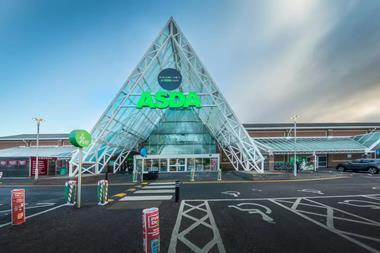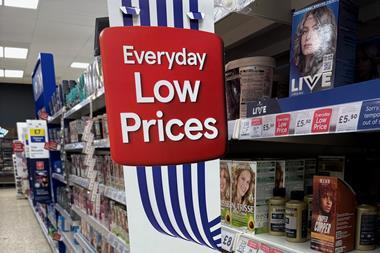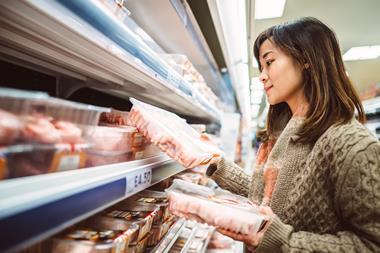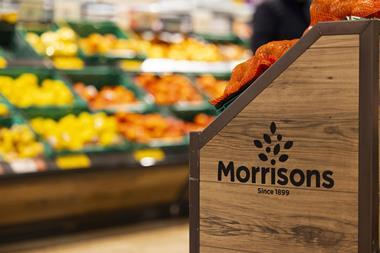This week, The Grocer is revealing some light at the end of the tunnel for consumers suffering from continued soaring food price inflation. The excellent UK wheat harvest is likely to lead to lower wheat prices and could herald an easing of pressure on the price of many key grocery lines.
That is, for the future. But there was also some relief for shoppers in the latest Grocer Price Index. Figures compiled for The Grocer by BrandView.co.uk show prices across the big four supermarkets stable.
They were on average up 4% during August, compared with the same period a year ago. And once the impact of promotions is factored in, the actual price shoppers are paying at the checkout is up just 3%. Our previous survey, conducted at the end of July, showed prices up 5%, or 4% after considering the impact of retailer deals.
However, shoppers will be feeling the pinch to varying degrees, depending on their supermarket of choice.
All of the leading retailers announced major investments in pricing at the beginning of the year but only Asda seems to have been able to maintain a lid on inflation as the year has gone on. The average cost of goods at the Leeds-based retailer during August was exactly the same as at this time last year both in terms of base price and after deals were brought into the equation.
Its rivals have been less successful in keeping prices down. The average cost of groceries at Morrisons, Sainsbury’s and Tesco was 5% higher than a year ago. However, varying levels of promotional activity meant the actual price paid at each of these retailers went up at different rates. Morrisons shoppers were paying 3% more this month than a year ago, Sainsbury’s 4% more, while the actual price paid by Tesco shoppers was up 5%, showing no impact of deals at all when compared with last year.
Prices at Waitrose, which is not included in the GPI calculations, were up 3%, both in terms of base prices and after promotions.
Without any major sporting event this summer, there was no large fluctuation in promotional activity in July and August, hence very little month-on-month change. The average base price for groceries remained flat in July and August, creeping up just 0.3% once promotions were included.
In terms of individual categories, the biggest rise was in tobacco, up 11% on this time a year ago, driven by the increase in VAT in January and further taxation in the budget.
Unsurprisingly, the global wheat price has had a major impact in the retailers’ bakery aisles, with prices up 10% compared with August 2010. The other major commodity that has been soaring this year has been sugar, with the impact felt firmly on soft drink prices up 7% on a year ago.
The only positive news for shoppers was that the average price of fruit and veg was down 2% on last year, although this was largely driven by Morrisons, where fruit and veg prices were down 5% compared with a year ago.
Sign in to comment on this article
Not logged in before? Register for FREE guest access today.
You will be able to:
- Read more stories
- Receive daily newsletters
- Comment on stories
Advert



















No comments yet